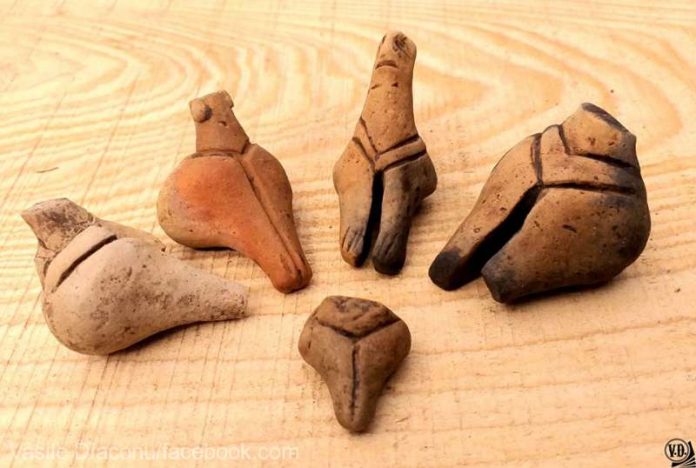Archaeologists in northeastern Romania, have discovered new evidence of a prehistoric village that dates back 6,500 years.
The site is located in Topolita, a village near the city of Targu Neamt.
A German team did a dig at the site in 2017 and identified several structures buried in the ground which were probably used for living, such as houses.
Archaeologist Vasile Diaconu told the national news agency Agerpres that the latest find, several clay statuettes with possible religious significance, had been dug up.
“The remarkable thing about this research is that numerous human representations modeled from clay have been identified, and archaeologists believe these pieces had a religious role,” he said.
“A careful analysis of these statuettes, as in the case of clay vessels, shows that craftsmen of more than 6,000 years ago has a special artistic talent,” Diaconu added.
The site is on the outskirts of the village of Topolita and covers an area of almost 3 hectares.



















